There is no question that moving your body and exercise is beneficial for many health issues, including managing stress to preventing chronic diseases. So why is it, so many people are not moving their bodies? Is it time to reconnect to the joy of movement?
What is Movement or Physical Activity?
According to the World Health Organisation, physical activity is defined as –
“any bodily movement produced by skeletal muscles that requires energy expenditure.”
Physical activity is the overall umbrella of bodily movement. Subcategories of physical activity include exercise and sports as well as other activities which involve bodily movement and are done as part of playing, working, active transportation, house chores and recreational activities.
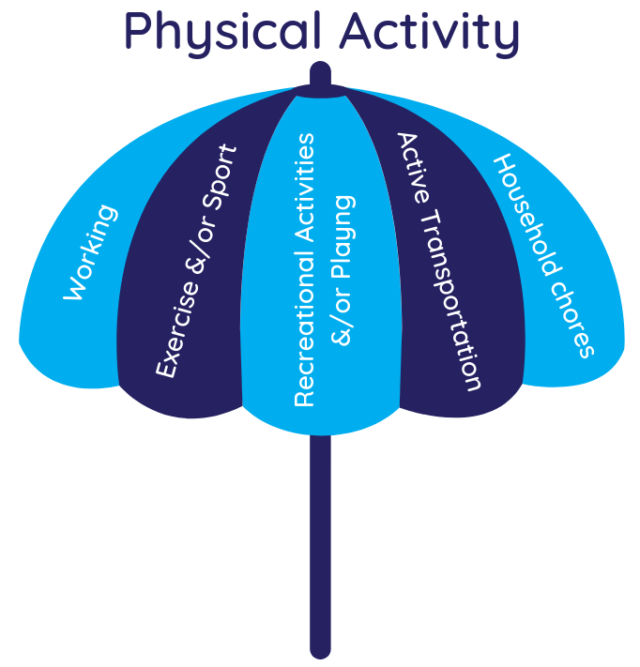
Why is Physical Activity Important?
Most people know the benefits of physical activity, however as we are constantly hearing the messages, sometimes they can be lost. There are many benefits to physical activity and they fall in to two categories reducing health risks and improving quality of life. Some of which include –
- Reducing health risks – type 2 diabetes, osteoporosis and bone fractures, hypertension, coronary heart disease, stroke, diabetes, lung, breast and colon cancer and depression.
- Improving quality of life – bone density, stamina, strength, satiety cues, stress management, sleep quality, cognition and memory.
What Are the Barriers to Physical Activity?
Despite the many well-know benefits of physical activity, the lack of physical activity is a challenge across the world. Currently, the World Health Organisation has indicated that physical inactivity is the fourth highest risk factor for deaths (i.e. 6% of deaths). Physical inactivity is also estimated to be the main cause for approximately 21–25% of breast and colon cancers, 27% of diabetes and approximately 30% of the ischaemic heart disease burden (World Health Organisation).
So, even know we know the benefits to physical activity, why are many of us not physically inactive? Maybe some of the following barriers to physical activity can help develop awareness.
1. Growing up physical activity was used as a punishment
Were you ever given push-ups, burpees or forced to run laps because you were misbehaving or were supposedly “too fat” or your skin folds were too high? (Or maybe that was just me?) 🙂
2 Overcrowded schedule and/or lack of time
Do you have a job that requires a lot of travel, ave a lot of family commitments or don’t feel you have enough time to exercise?
3. Pressure to perform
Were you an athlete or was there ever pressure to perform in relation to physical activity?
4. Lack of confidence
Are you challenged by a lack of confidence in relation to your physical abilities? Or maybe you have had an injury or physical condition that has an impact on your confidence? Or feel too tired to move your body?
5. Distorted thinking and diet mentality
Do you move your body just to lose weight or so you can eat more? Or maybe you have unrealistic goals / intentions for your physical activity?
6. Limited equipment
Have you got comfortable clothes or the right shoes to do physical activity? Is there adequate facilities in your local community to do physical activities?
Once you know your barriers to physical activity, you can then discover a solution and then let your body be you guide and reconnect to the joy of movement.
Let Your Body Be Your Guide and Reconnect to the Joy of Movement
Now we know the what, why and some barriers of doing physical activity, let me share with you one example of how to reconnect to the joy of movement. I wish I had been given this information when I was growing up – maybe it would have prevented me from being injured and burnt out from sport and also in my career after sport. However, as they say it is better late than never!
Paying attention to how your body feels before, during and after physical activity is a great way to reconnect to the joy of movement as long as it is done with safety. According to Calogero and Pedrotty (2010), the components of a mindful approach to exercise include –
- an orientation to the present moment,
- attention to internal processing (i.e. breathing),
- rejuvenates the body,
- enhances the mind-body connection,
- alleviates mental and physical strain, and
- provides pleasure, joy and fun.
It is important to remember this is a practise and sometimes we might bolt, so make sure you have your self-compassion with you. And remember, this is not a competition 🙂
Over to You…
How could you use this information to help you reconnect to the joy of movement? Remember, if you haven’t moved for a while, check with your doctor before starting physical activity. Do you have any questions or comments? If so, please leave them below and I will respond.
If you are ready to reclaim your courage and take the next step towards freedom and opening your heart, why not join our Toolkit?
Reference –
Calogero, R.,l & Pedrotty, K. (2010). Incorporating exercise into the treatment and recovery of eating disorders: Cultivating a mindful approach. DOI:10.1016/b978-0-12-375668-8.10025-7
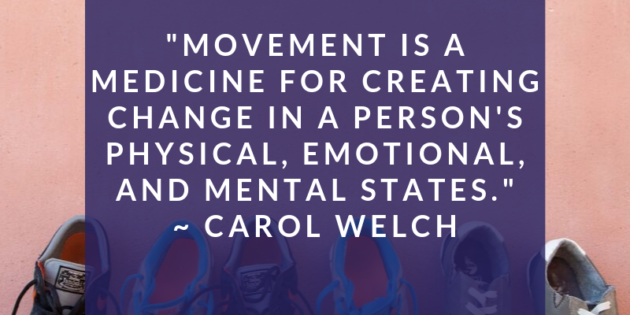




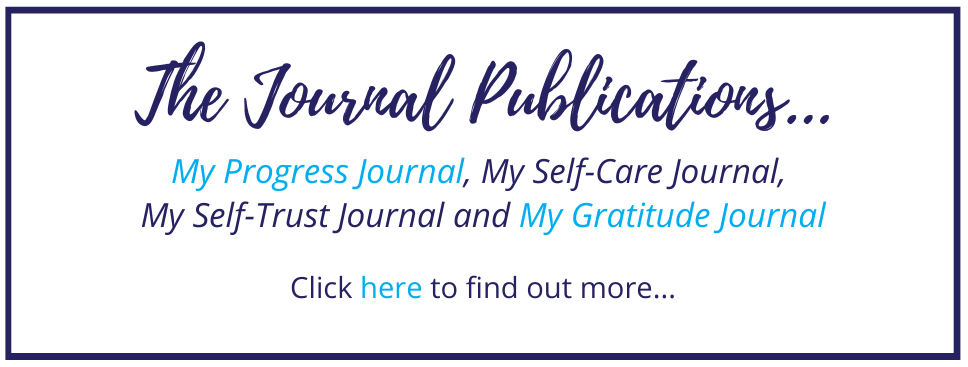


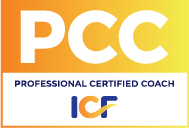






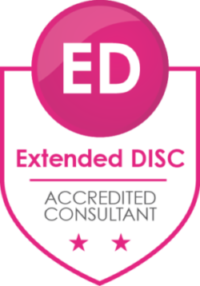

Leave A Response